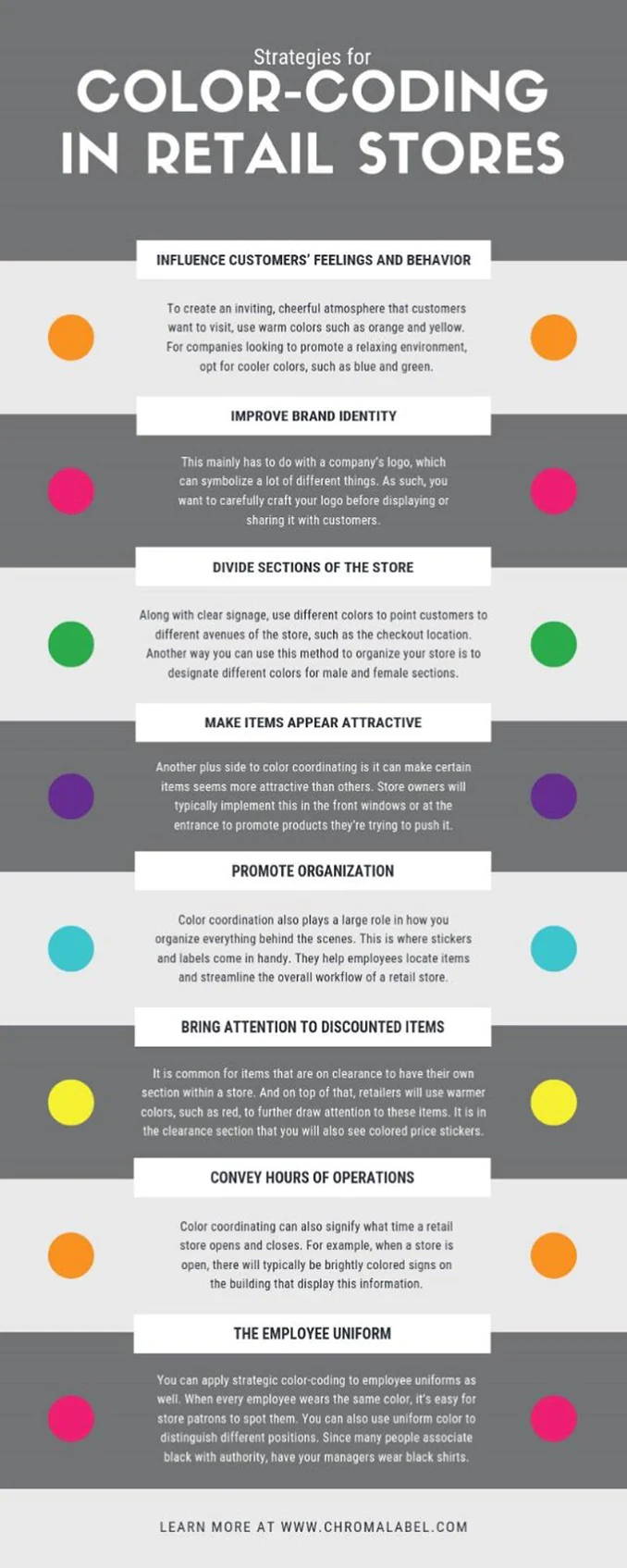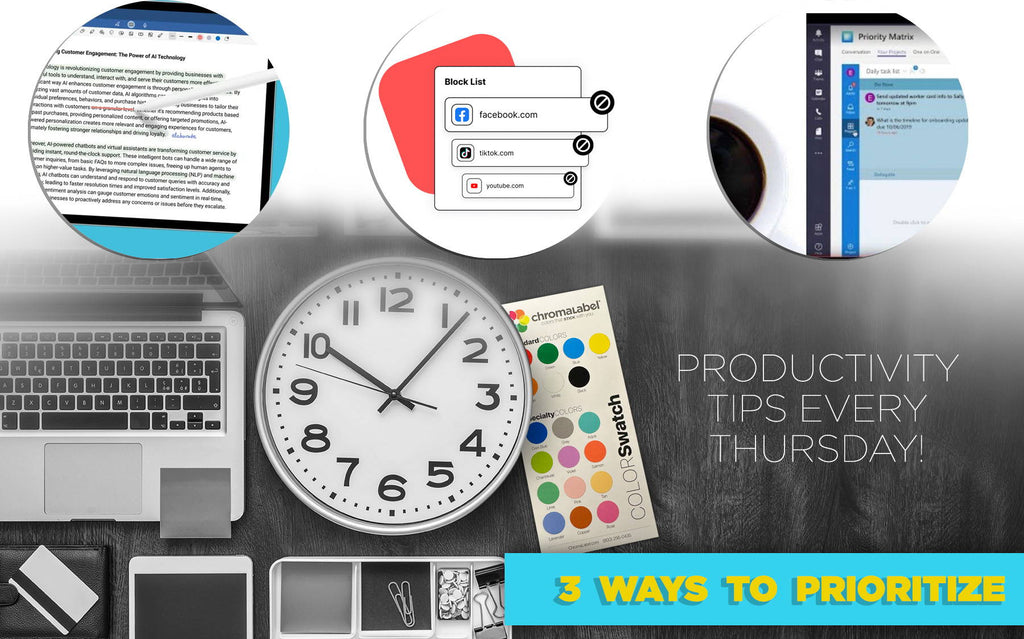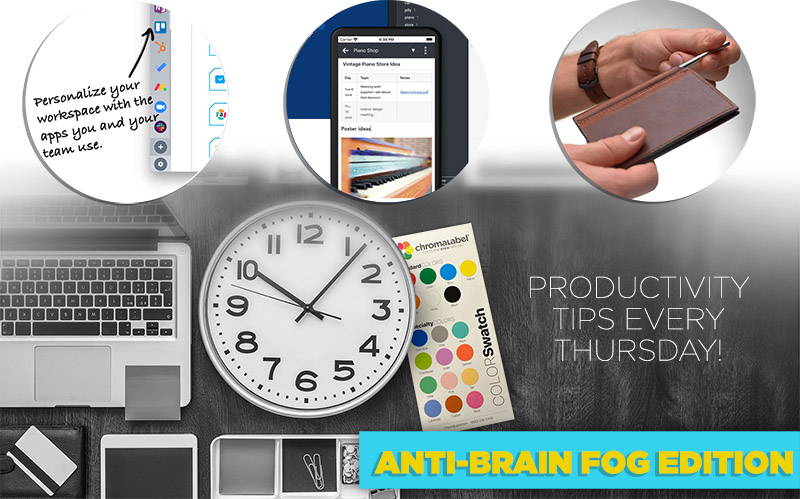Contact
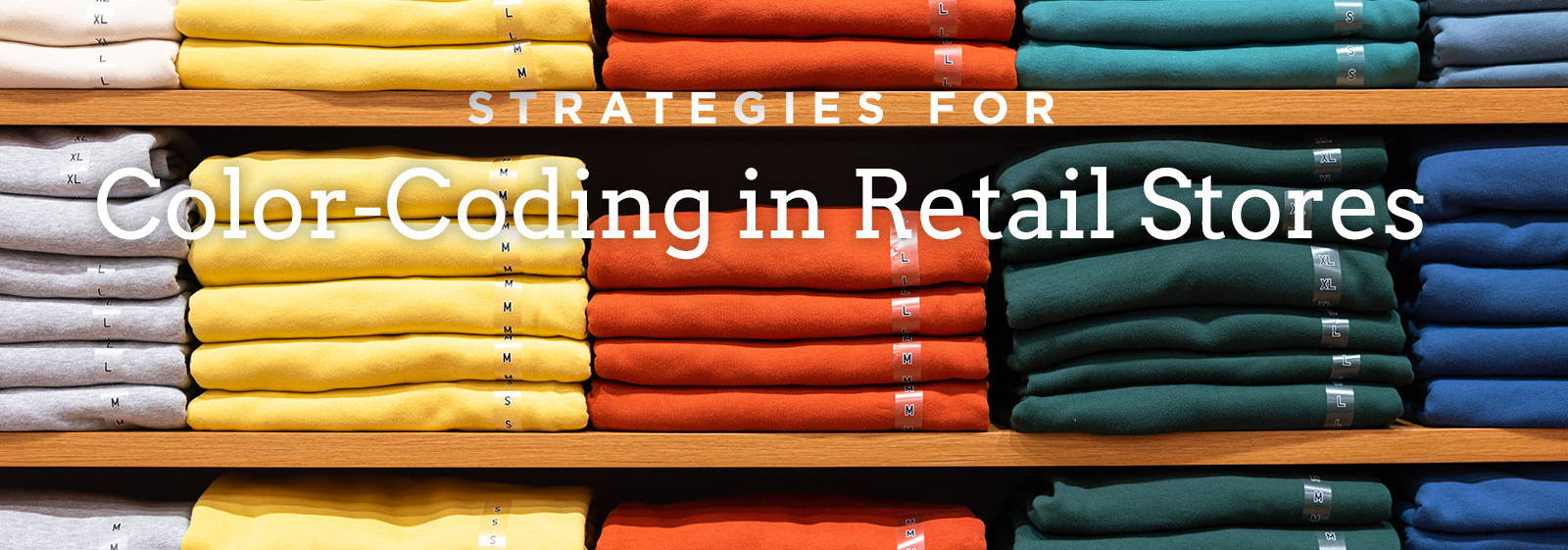
Strategies for Color-Coding in Retail Stores:
In a world full of color, it’s no surprise that many of our environments follow color-coding methods. Offices, businesses, and even our homes follow color schemes to create a comfortable, flexible atmosphere. Some places, however, get more of an advantage from this practice than others. For retail stores specifically, they use color-coding strategies to improve sales and enhance operations. Learn more about color-coding techniques and how they can be effective within a retail space.
Great dots!
They are just what we were looking for - highly visible, easy to use and easy to remove. Will be ordering more colors.
Janet D. | Verified Buyer
Influence Customers’ Feelings and Behavior
The main reason color plays such a large role in retail stores is because it can change a customer’s feelings and behavior. Many retailers find following color psychology greatly influences their consumers to act in their favor. For example, your color scheme could have an effect on time spent shopping, spending habits, and other activities.
Every retail stores’ main goal is to get people in the door. To create an inviting, cheerful atmosphere that customers want to visit, use warm colors such as orange and yellow. For companies looking to promote a relaxing environment, opt for cooler colors, such as blue and green. When it comes to secondary colors, however, red and black are wonderful options. These colors can trigger impulse buyers—it increases the odds of them purchasing a product they’re debating internally. Be careful with how you implement these colors into various parts of your store. Consider what color the displays, price tags, signs, and other aspects of your store should be and the specific feelings it will encourage from consumers.
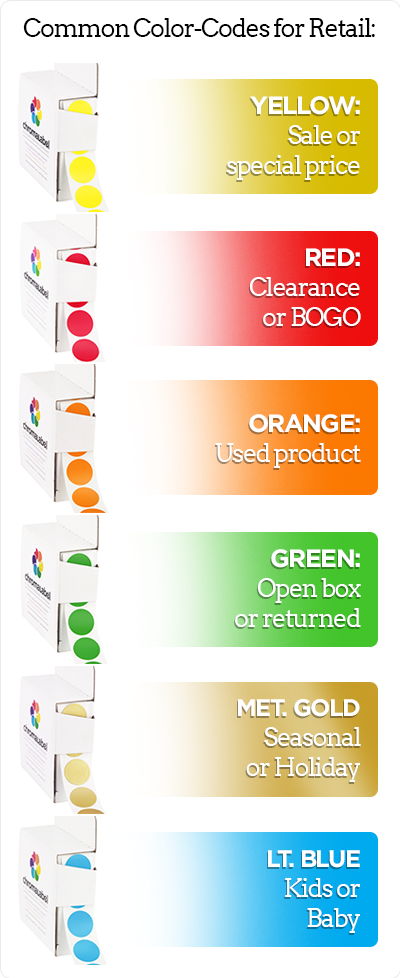
Improve Brand Identity
Colors affect a retail store’s brand identity. This mainly has to do with a company’s logo, which can symbolize a lot of different things. As such, you want to carefully craft your logo before displaying or sharing it with customers. Your logo should let people know what your business has to offer. Since it’s such a prominent component in your brand’s identify, take the time to choose unique colors, fonts, and symbols that reflect what you are selling.
Divide Sections of the Store
Small or large, some stores are difficult to navigate. Thankfully, one of the benefits of color coding is providing an easy distinction between different sections. Along with clear signage, use different colors to point customers to different avenues of the store, such as the checkout location. Another way you can use this method to organize your store is to designate different colors for male and female sections. Of course, the layout will dictate how you divide up the store, but with colors, you can easily guide consumers through the shopping experience.
Make Items Appear Attractive
Another plus side to color coordinating is it can make certain items seems more attractive than others. Store owners will typically implement this in the front windows or at the entrance to promote products they’re trying to push it. This is another aspect of retail that colorful signs can support to attract the consumer. The right colors can plant a product into a consumer’s mind, which is the first step in converting. Additionally, you can use this tactic in your advertisements—pictures of items with boosted colors boosted can turn someone onto a product and eventually lead to a purchase.
Promote Organization
Color coding also plays a large role in how you organize everything behind the scenes. Retail shops receive a lot of packages and merchandise, much of which they store in the back room. Products are coming in and out, and you need to know where everything is so you can quickly find items. As such, you’ll need to find a way to distinct everything. This is where stickers, labels, and even color-coded tape come in handy. They help employees locate items and streamline the overall workflow of a retail store. Using color coordination to organize doesn’t end with inventory, however. You can also use this method to systematize things that keep the building up and running, such as essential wires or the circuit breaker. Many store owners will also color code important documents and spreadsheets so it’s easier to understand the data.
Bring Attention to Discounted Items
It is common for items that are on clearance to have their own section within a store. And on top of that, retailers will use warmer colors, such as red, to further draw attention to these items. It is in the clearance section that you will also see colored price stickers. Businesses will place these on the original price tags. Typically, there will be a guide that tells consumers what the color means in terms of the sale price. For example, you could use blue stickers to mark items that are 20% off and red ones on items that are 50% off. These colorful tags will likely garner shopper’s attention and may lead them to spend more money than they originally intended.
Our Top 4 Retail Products:
Convey Hours of Operations
Color coordinating can also signify what time a retail store opens and closes. For example, when a store is open, there will typically be brightly colored signs on the building that display this information. This can be extremely helpful and draw in more business, as there will be no confusion as to whether your store in operation or not. Huge signs with bold colors are also a great option for stores hosting a grand opening or running a significant sale.
The Employee Uniform
You can apply strategic color-coding to employee uniforms as well. When every employee wears the same color, it’s easy for store patrons to spot them. You can also use uniform color to distinguish different positions. Since many people associate black with authority, have your managers wear black shirts. If all the other employees are wearing yellow shirts, for example, customers will know who is in charge if someone else can’t help them. Employee uniforms can also follow the same color scheme as the store. This makes workers easily identifiable with the company.
Finally - Consider this:
Consider this: as of 2018, there were 30.2. million small businesses in the United States. With so much competition, it’s crucial for your retail store to stand out. As such, be sure to take the time to consider your color scheme and how it will affect business. And using our strategies for color-coding in retail stores is a great start!

